As you know, March is Women’s History Month. Women’s History Month was created to recognize, honor, and celebrate the many contributions that women have made throughout history, culture, and society. The month also recognizes the struggles of women and the accomplishments over those struggles. March is a wonderful time to celebrate Woman’s History in your classroom!

Since March is National Women’s History Month, is it a great time for educators to tailor their reading lessons and activities around learning about the important contributions of different women throughout history.
The reading lessons that I will share today can certainly be taught any time of the school year, however since the texts I am using are about Jane Goodall, I will be using them to celebrate Women’s History Month! (If you don’t have any books about Jane Goodall, that is ok! You can find any inspiring, influential women to teach your students about.)
Before we continue, would you rather see my video about this topic?
Watch my video on YouTube: Women’s History Month in the Classroom Video on YouTube
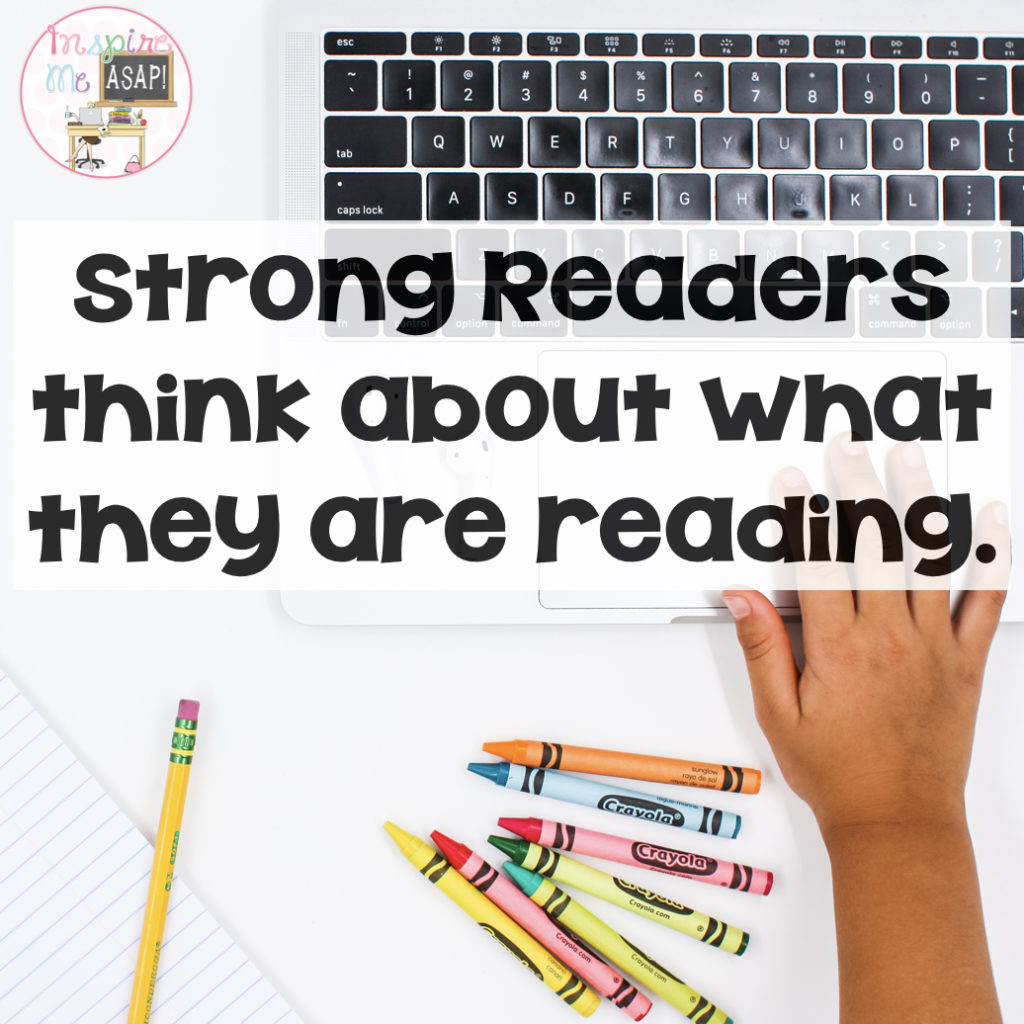
My first lesson is about teaching students how to think about what they are reading. We know that strong readers think about what they are reading, right? As adults, we have internalized this process. We naturally make connections, ask questions, and summarize the most important parts as we are reading. I know I like to use sticky notes and highlighters when I am reading. Well, students need to be explicitly taught HOW to use these strategies when they are reading.
One way I like to teach how strong readers THINK about what they reading is to model this process with thought bubbles! If you do not have speech bubbles to use, no problem! I bought these laminated speech bubbles on Amazon, but you can simply have your students draw one.
I begin by stating the objective of the lesson to my students:
“Readers we have been learning to think about what we are reading. We know that strong readers THINK about what is going on in the story as they are reading the story! Today, I will read aloud a portion of the story and I will model what I am thinking as I am reading.”
I then open to a passage in my book about Jane Goodall and start to read aloud. I do not read aloud the whole book, just a short passage. (I read aloud the whole book during my read-aloud time.) On page 21, I stop reading aloud and explicitly demonstrate what I am thinking by saying, “Boys and girls, on this page, the author is teaching me that Jane Goodall learned that chimps ate
At this point in the lesson, I invite the students to try this strategy with me, guiding them through this process, as I read a few more pages aloud. I tell them, “Boys and girls I want you to try this strategy with me. When I read the next few pages, I want you to write what you are thinking on your thought bubble!”
I extend this lesson by having students apply this strategy independently. I encourage my students to write about what they are thinking with the books that they are reading from their book nook, preferably books about inspiring women!
During my guided reading groups, I would extend this lesson by having my students read a digital text about Jane Goodall. Students can then compare and contrast the story we read together as a class, to the digital story about Jane Goodall. In their reader’s notebooks, students can write about what new information was presented in the digital story about Jane Goodall.
This leads me right into my second reading lesson!

Now for my second reading lesson, the strategy is to compare books for new information. In this lesson, students will compare and contrast two books on the same topic.
After reading both books, ask students to think about what similarities both books have, and then the differences between the two books. As a whole class, you can create a Venn diagram of information learned, asking students to think about what similarities both books have and then the differences between the two books.
One suggestion is to make a Venn diagram with hula hoops, which is a super fun, engaging, and interactive way to involve the students with this lesson!

In my video, I explain how students can take sentence strips or sticky notes to write similarities and differences between the two books.
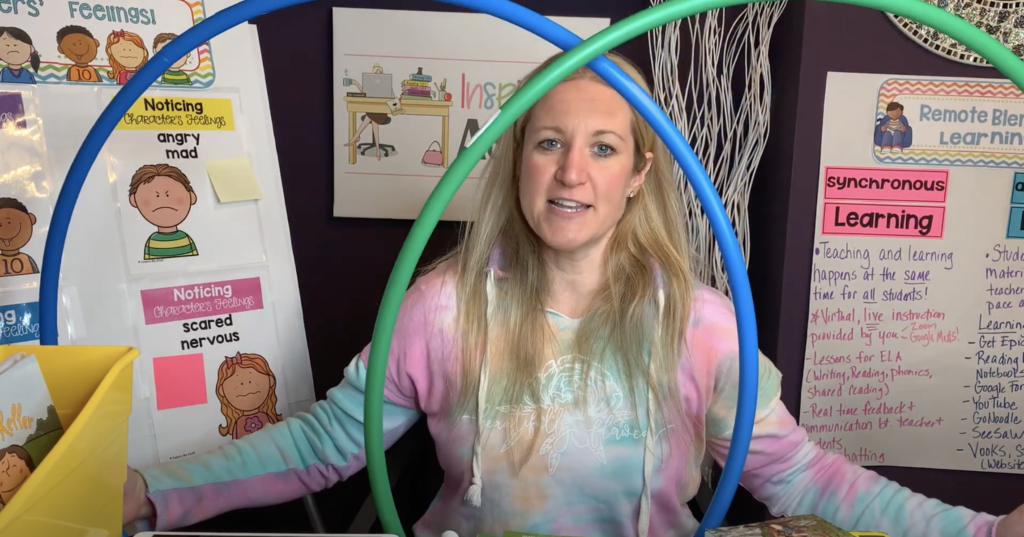
For example, in the book I am Jane Goodall by Brad Meltzer, we learned that Jane discovered chimps hold hands, tickle, and pat each other’s backs. (page 29) Students would write this information on a sticky note that represents that book.
In the book Jane Goodall, A Champion of Chimpanzees, by Sarah Albee, the author taught us that Jane discovered that chimps ate plants AND meat. (page 21) Students would write this information on a different colored sticky note, that represents that book.
Students then write about information presented in BOTH books- for example both books are about an inspiring, amazing environmentalist named Jane Goodall, whose work made an impact on animals and humans.

Celebrating Women’s History Month in the classroom is certainly fun and engaging! Along with Jane Goodall, other inspiring women to celebrate are Ruby Bridges, Eleanor Roosevelt, Hellen Keller, Malala Yousafzai…just to name a few! What books do you have that celebratees these important women?
If you like these lessons, then you will love my reading unit about using Metacognition Reading Strategies.
This reading unit includes 34 different reading lessons. All lessons include anchor charts, scripted lesson plans, and student reproducibles.
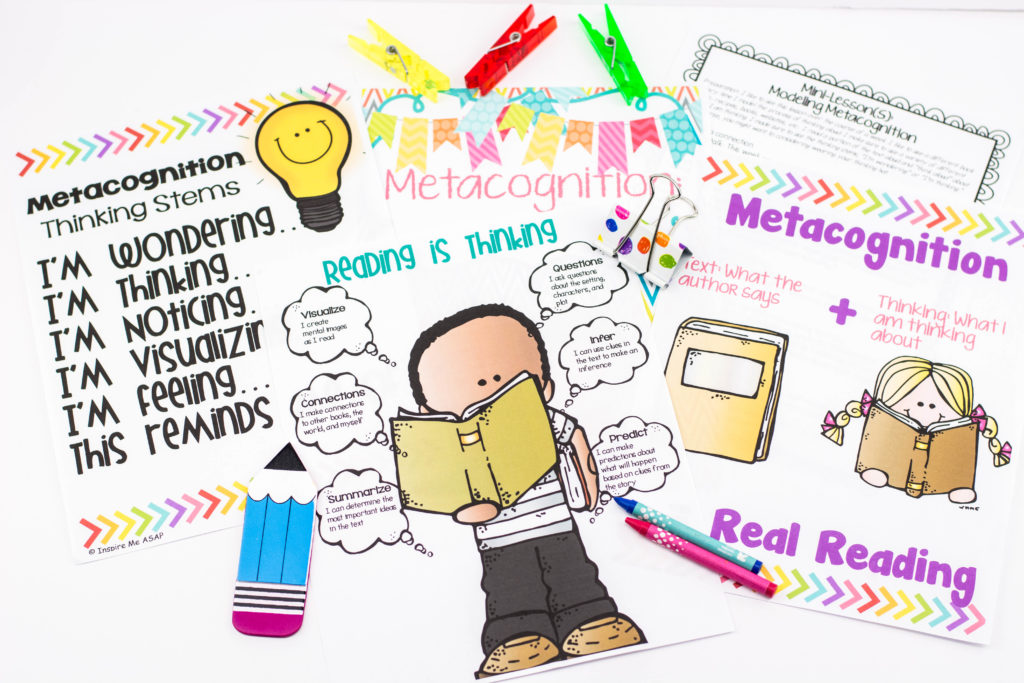
Mini-lessons included in this resource:
- Readers kick off the new unit with a celebration- making thinking hats to remind your students that READING is THINKING
- Readers will have the opportunity to wear their new hats as they interview staff members about their reading interests and behaviors
- Readers complete a reading survey about their reading interests and behaviors
- Readers define the meaning of metacognition
- Readers model the act of metacognition
- Readers demonstrate the use of comprehension based reading strategies
- Readers feel different emotions as they read and monitor their emotions
- Readers meet with the teacher for a conference and discuss strengths, areas for improvement and goals
- Readers sequence and retell a story
- Readers identify and infer character traits
- Readers make connections
- Readers visualize
- Readers identify the main message of the text
- Readers identify cause and effect relationships
- Readers identify how and why a character changes
- Readers identify the author’s purpose
- Readers identify the point of view with textual evidence
- Readers identify facts/opinions about a topic
- Readers identify the main idea and supporting details
- Readers ask and answer questions
- Readers identify important ideas
- Readers identify features of non-fiction text
You can check out this reading resource by clicking here: Metacognition Reading Strategies
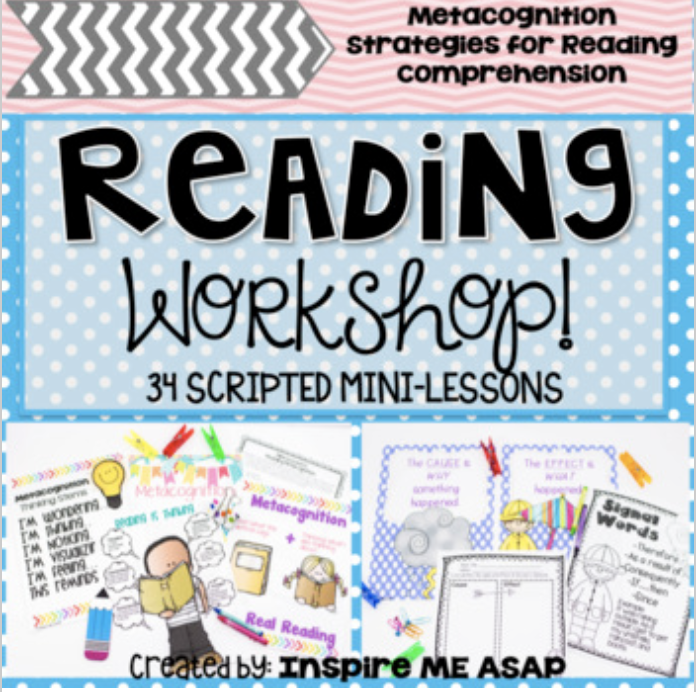


How do you like to celebrate Women’s History Month in your classroom? I would love for you to share your ideas!


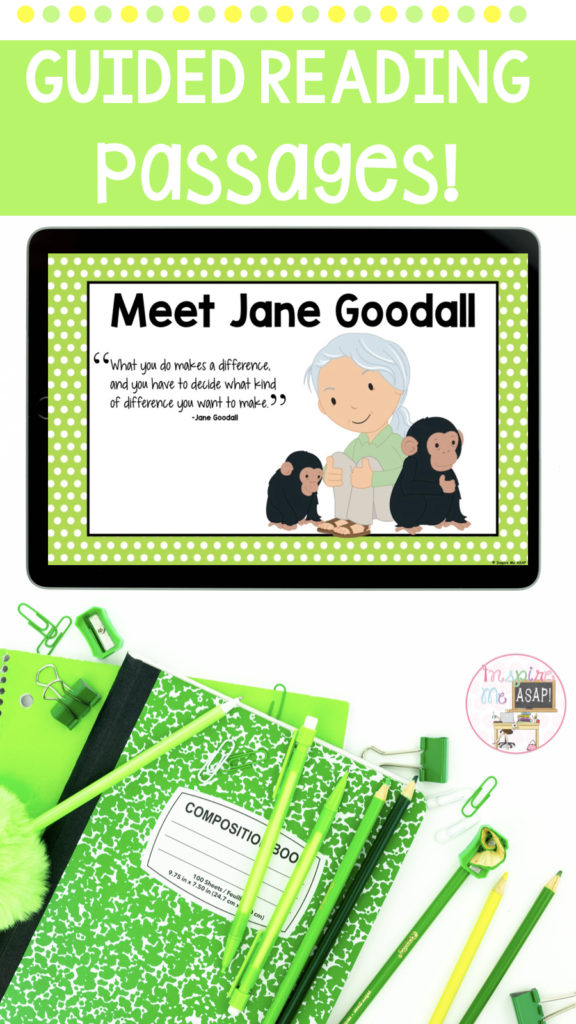

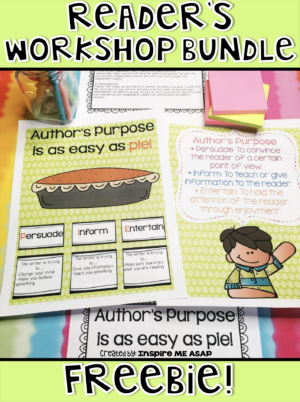

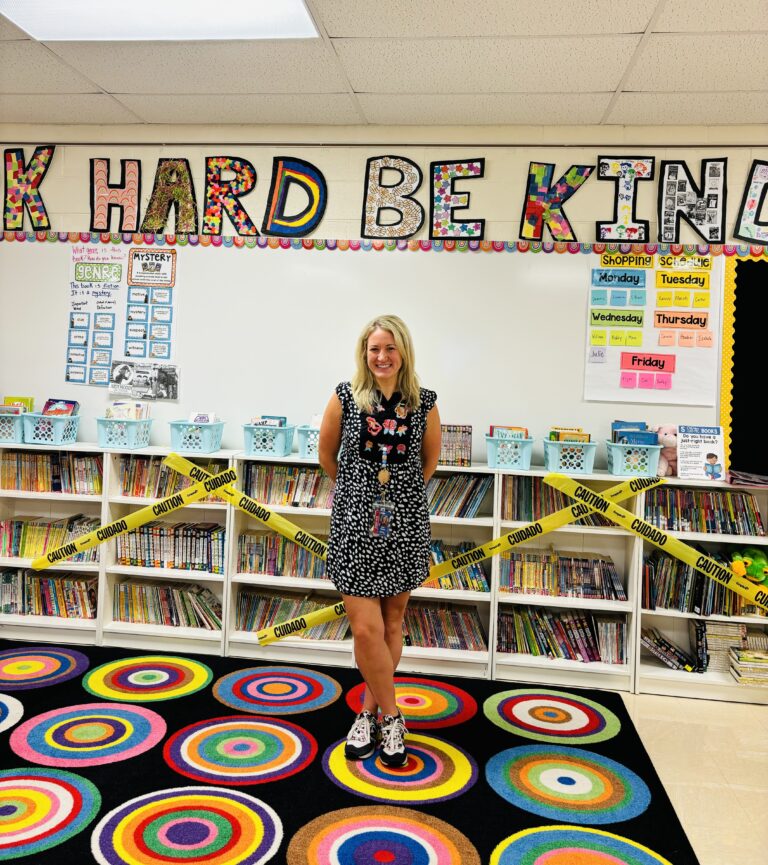



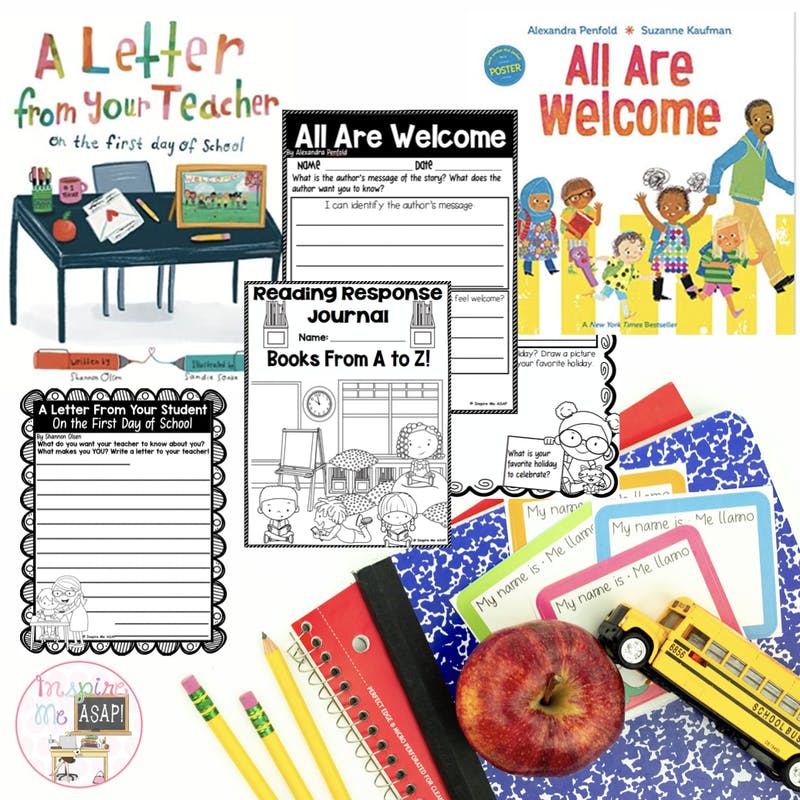
One Response
I have a teacher friend who is focusing on women pilots of airplanes and also of balloons since we live in a city known as loving hot air balloons. She has found books on women in aviation including astronauts, hot air balloon pilots and pilots of airplanes. And she has created crafts that tie in with these books. If your city is famous for a certain activity how fun it would be to focus on the woman famous for this topic.